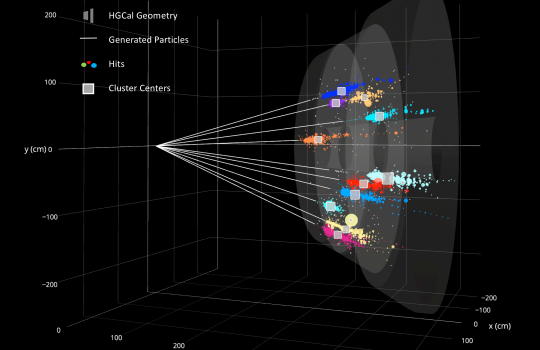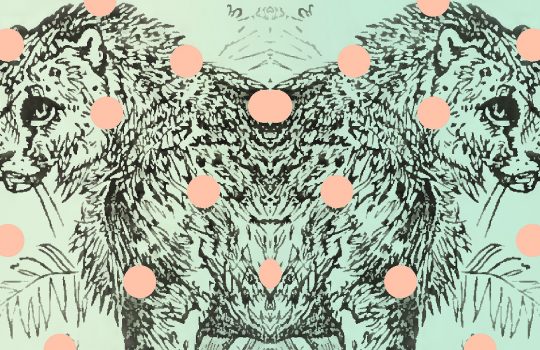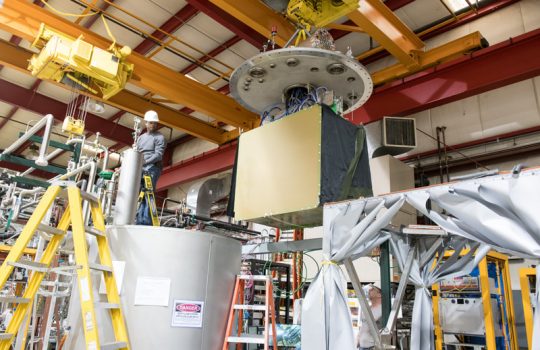The next big thing: the use of graph neural networks to discover particles
Fermilab scientists have implemented a cloud-based machine learning framework to handle data from the CMS experiment at the Large Hadron Collider. Now they can begin to use graph neural networks to boost their pattern recognition abilities in the search for new particles.



